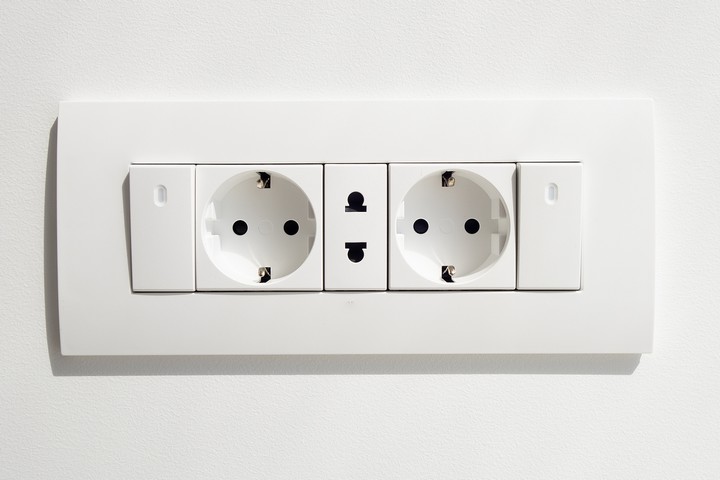
8 Types of Outlets and Their Different Uses
An outlet is an outlet to most people, but that couldn’t be further from the truth. Modern outlets are designed with a variety of unique specifications that help them provide better performance under certain conditions. If you’re planning a home renovation, you may benefit from using new types of outlets in your home and taking advantage of their unique features.
Check out these eight different types of outlets and their uses:
Type #1: Ground Fault Circuit Interrupter (GFCI) Outlets
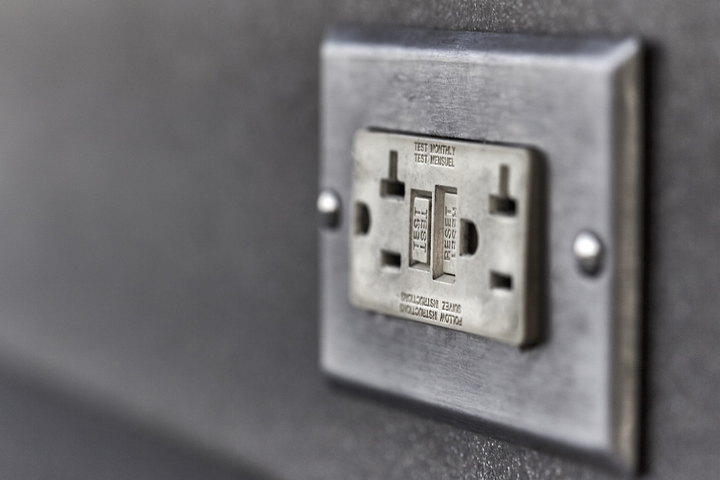
Ground Fault Circuit Interrupt (GFCI) is a type of outlet that are designed to efficiently handle dangerous surges in power. GFCI outlets are perfect for use around water and high moisture environments such as laundry rooms, basements, bathrooms, and kitchens.
When a GFCI outlet senses a spike in the current, the circuit interrupter instantly activates to cut the flow of power. GFCI outlets are excellent if you want to take an extra step to ensure the safety of your family and your home.
It’s important to test GFCI outlets regularly to ensure the interrupter is still functioning as it should. If you suspect the outlets aren’t working as intended, consult with your electricians to ensure they are restored properly.
Type #2: Arc Fault Circuit Interrupter (AFCI) Outlets
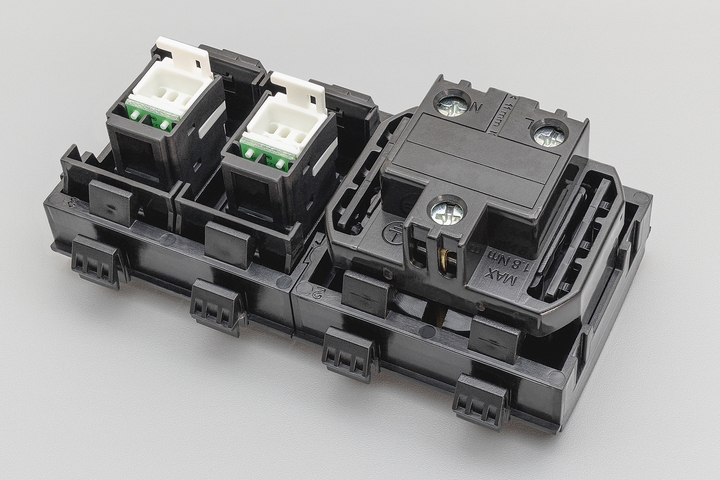
When you hear a buzzing noise coming from an old outlet, it’s a good sign that arcing has occurred. Loose contact points in your outlet cause electricity to jump between connections, which is known as arcing. When this happens, your outlet will usually make a buzzing noise or even release sparks when you try and use it.
Loose contact points can occur from overheating, animals interfering with your wires or a nail put in the wrong place. Using an Arc Fault Circuit Interrupter (AFCI) outlet protects your outlet from this type of damage. AFCI outlets are commonly used in bedrooms and kitchens.
Type #3: USB Outlets
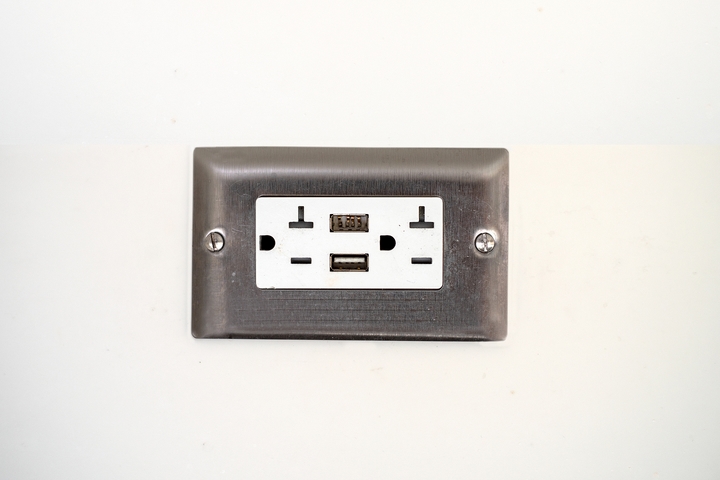
USB outlets are becoming more popular in new homes. These outlets work the same as traditional two or three-pronged outlets, but they feature convenient USB slots. USB outlets are extremely handy when you have guests over and just in general since you no longer need to carry a charging brick. USB outlets also make it easier to charge your devices with a USB C cable which helps your devices charge faster.
Type #4: Smart Outlets
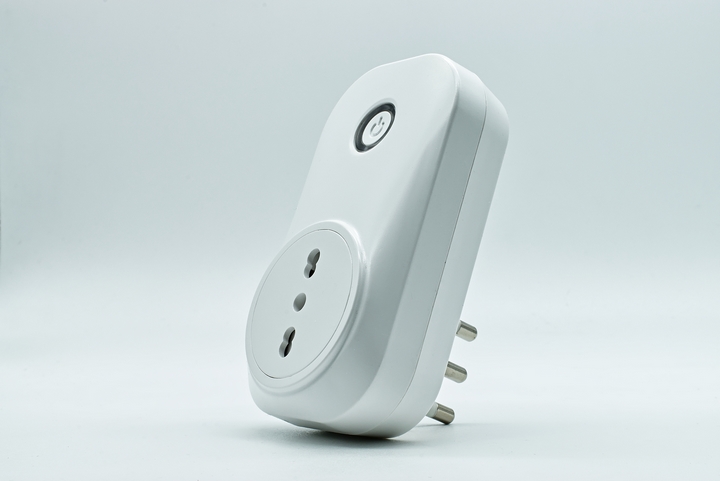
With technology becoming more integrated into our lives, smart outlets are becoming more popular in homes and workplaces. Smart outlets come with built-in features for monitoring power usage and automatic on-off scheduling. Smart outlets are perfect for coffee makers, lamps, fans and heaters.
Smart outlets make it easy to connect to remote control applications over Wi-Fi, which allow you to monitor your devices with your cellphone. Smart outlets a great for minimizing power leakage and improving your home’s automation features.
Type #5: Tamper-Resistant Outlets
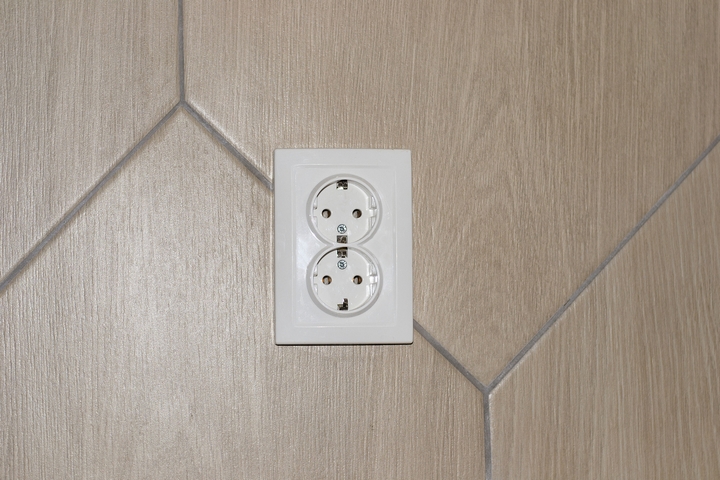
Tamper-resistant outlets are designed with three-prong outlets with extra shutters located inside the plug. This design prevents children from inserting foreign objects into the outlet. The shutter system is designed to only open when all three prongs are inserted at the same time.
Tamper-resistant outlets are great for childcare facilities, preschools, hotels, and anywhere that animals can access. Instead of outlet covers, which can easily be removed, tamper-resistant outlets offer a permanent safety solution.
Type #6: 20A Outlets
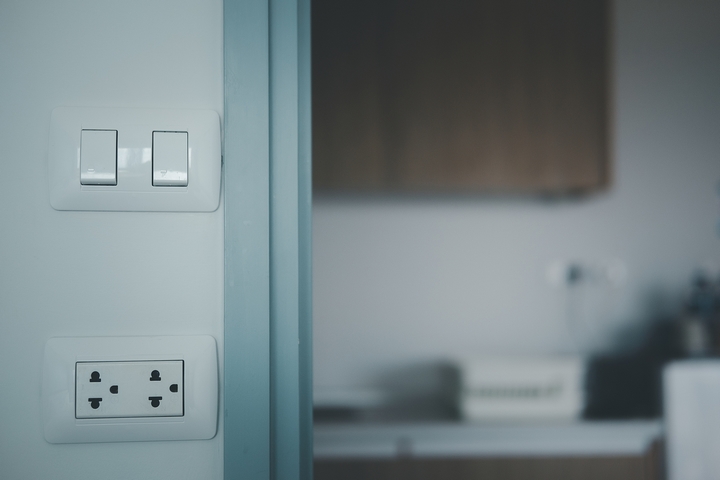
20A outlets are a specialty type of outlet designed to provide devices with more power efficiently. 20A outlets are common in garages and workshops where people may need tools that require an extra boost of power. 20A outlets are designed to safely handle 25% more load compared to other types of outlets.
You can identify 20A outlets by looking for a small notch attached to the prong opening on the left side. 20A outlets are also safe for the home, where you can use them in your laundry room or kitchen to handle large appliances.
Type #7: 120-240 Volt Outlets
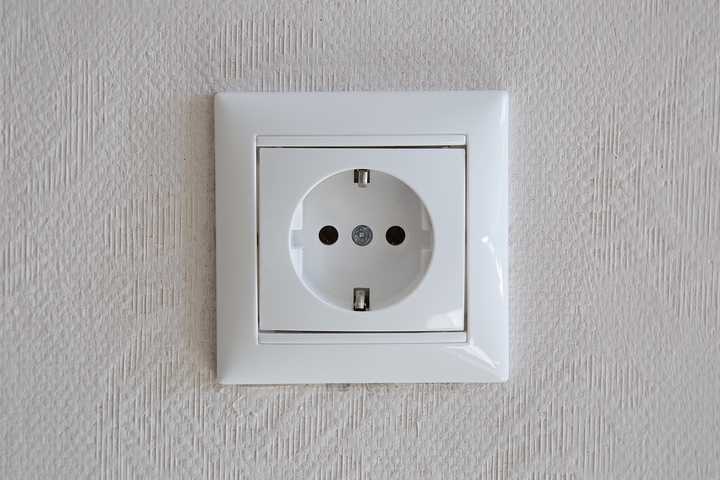
120 to 240-volt outlets are known for being strong and can handle large loads of power. 120 to 240-volt outlets are usually used for major appliances such as ovens, dryers, fridges, and washing machines. These strong outlets are available in both three or four-prong designs.
The four-prong outlet design uses the extra prong to act as a neutral pathway, which increases the overall safety of the outlet and provides additional protection against electric shock. 240-volt outlets are designed to handle significant appliances such as a central air conditioner, water heater, or an electric car level 2 charger.
Type #8: Two-Prong Outlets
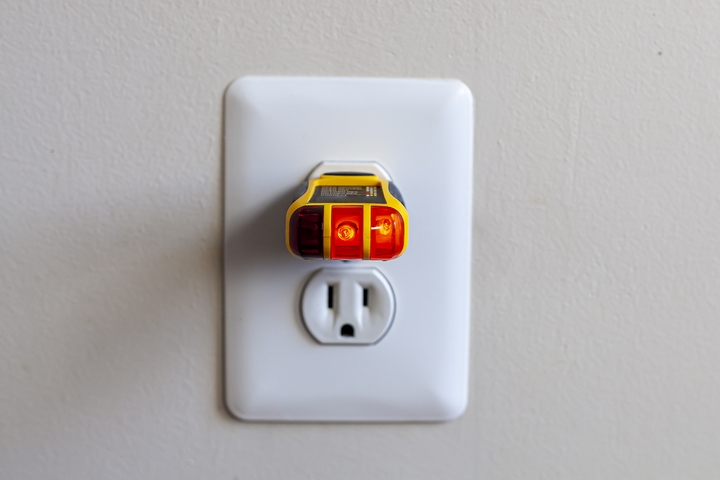
Two-prong outlets are commonly found in older homes and older buildings. Two prongs outlets are the most basic type of outlet that features just 2 prongs on each plug. This type of outlet is missing a ground wire which makes them both outdated and dangerous.
Buildings and homes that have an electrical system without ground wires are forced to rely on two-prong outlets. Because these outlets have no ground wire, they receive no protection from surges in power. This puts any device you plug into a two-prong outlet at risk.

